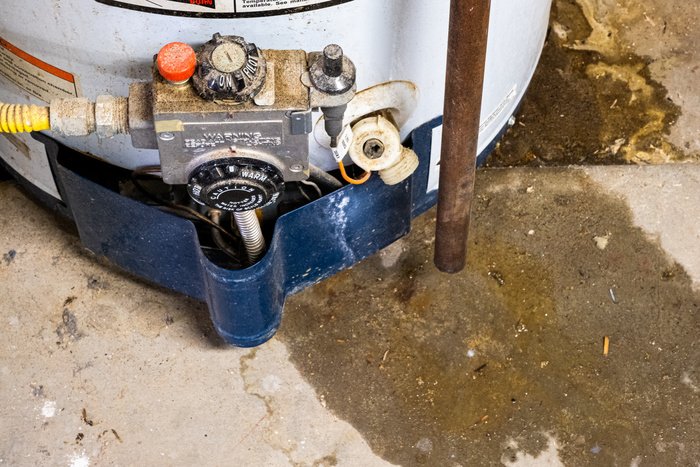Hot water pressure problems can be a vexing household nuisance, putting a damper on your daily routine. From lukewarm showers to sluggish dishwashing, inadequate hot water pressure can disrupt your comfort and efficiency. Resolving these issues is not always a clear-cut endeavor, but with the right approach, you can restore your water flow to its optimal state.

Image: callfourseasons.com
This comprehensive guide will delve into the intricacies of hot water pressure, empowering you with the knowledge and techniques to troubleshoot and fix the problem yourself. Whether you’re a seasoned DIY enthusiast or a first-timer, we’ve got you covered.
Understanding Hot Water Pressure
Pressure, measured in pounds per square inch (psi), is the driving force behind the flow of hot water. A typical residential hot water system operates at a pressure ranging from 40 to 60 psi, ensuring adequate force for your appliances and fixtures. When pressure falls below this ideal range, you’ll encounter the problems associated with low hot water pressure.
Causes of Low Hot Water Pressure
Low hot water pressure can stem from various culprits, including:
- Faulty Pressure Regulating Valve: This valve is responsible for maintaining constant water pressure. If it becomes defective, it can result in inconsistent or reduced pressure.
- Clogged Pipes: Sediment and mineral deposits can accumulate in pipes over time, restricting water flow and reducing pressure.
- Damaged Water Heater: A malfunctioning water heater, such as a faulty heating element or a leaking tank, can compromise water pressure.
- High Demand: Simultaneously running multiple fixtures or appliances that require high water flow can overwhelm the system, leading to a drop in pressure.
Troubleshooting and Fixing Hot Water Pressure Issues
Before diving into repairs, it’s crucial to narrow down the source of the problem:
- Check Pressure: Use a water pressure gauge to measure the pressure at various locations in your house. If pressure is low everywhere, the issue may lie with the main water supply. If it’s low only in certain fixtures or areas, the problem is likely localized to those components.
- Inspect Pressure Regulating Valve: Locate the pressure regulating valve, usually near the water meter or the water heater. If it’s set too low, adjust it by following the manufacturer’s instructions.
- Flush Pipes: To remove sediment buildup, flush your pipes by opening hot water faucets and letting them run for several minutes.

Image: www.youtube.com
Advanced Troubleshooting
If basic troubleshooting doesn’t solve the issue, consider these more involved techniques:
- Replace Pressure Regulating Valve: If the valve is damaged or not functioning correctly, replace it with a new one.
- Clear Clogged Pipes: Use a commercial pipe cleaner or a mixture of vinegar and baking soda to dissolve and remove clogs. If the clog is severe, you may need to call a plumber.
- Repair Water Heater: If the water heater is the culprit, it may require repair or replacement. Contact a qualified plumber for this task.
- Adjust Water Heater Temperature: Turn up the water heater temperature to increase pressure. However, be mindful not to set it too high, as this could shorten the heater’s lifespan.
- Upgrade Water Pipes: In cases of persistent pressure problems, consider upgrading to larger diameter pipes to increase water flow capacity.
Maintaining Optimal Hot Water Pressure
Once your hot water pressure is functioning optimally, here are some tips to maintain it:
- Regularly Flush Water Heater: Remove sediment buildup by flushing the water heater according to the manufacturer’s instructions.
- Avoid Excessive Water Usage: Limit the use of multiple high-flow appliances simultaneously to prevent drops in pressure.
- Insulate Pipes: Insulation helps prevent heat loss and maintains hot water temperature, indirectly contributing to better pressure.
How To Fix Hot Water Pressure
Conclusion
Fixing hot water pressure issues can be a satisfying achievement, greatly enhancing your household comfort and efficiency. By understanding the causes and applying the troubleshooting and repair techniques outlined in this guide, you can restore the smooth flow of hot water to your home. Remember to implement proactive maintenance practices to ensure the longevity of optimal hot water pressure.
If the problem persists or seems complex, do not hesitate to consult a licensed plumber who specializes in hot water systems. They can accurately diagnose the underlying issue and provide a tailored solution to restore the proper water pressure in your home.